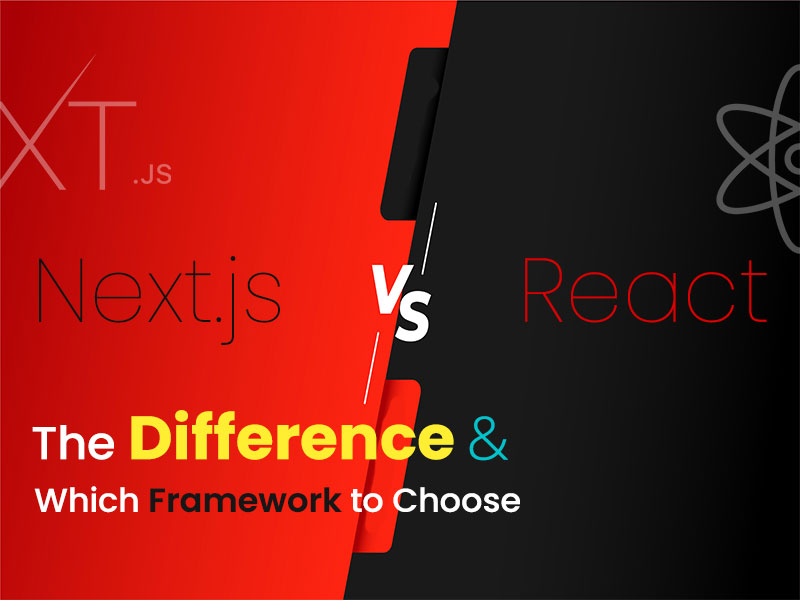React and Next.js are two widely used JavaScript frameworks for developing web applications. While React is a client-side library for building user interfaces, Next.js is a framework built on top of React that provides additional features like server-side rendering, routing, and more. In this article, we will explore the differences between React and Next.js and help you decide which one to choose for your next project.
React is a popular JavaScript library developed by Facebook and is now maintained by a vast community of developers. It is widely used for building user interfaces, and its core idea is to build reusable UI components that can be composed to create complex user interfaces. React uses a virtual DOM to optimize the rendering process, making it faster and more efficient than traditional DOM manipulation.
React is a client-side library, which means it runs entirely in the browser. This has some advantages, such as faster rendering and the ability to create interactive user interfaces without page refreshes. However, it also means that search engines and social media crawlers may have difficulty indexing React-based sites, which can impact SEO.
On the other hand, Next.js is a framework built on top of React that provides additional features like server-side rendering, routing, and more. It was created by the team at Vercel (formerly Zeit) and is now an open-source project with a large community of contributors.
One of the key benefits of Next.js is its server-side rendering capability. This means that the initial HTML is generated on the server and sent to the browser, which can improve performance, SEO, and accessibility. Next.js also includes built-in support for dynamic imports and code splitting, which can further improve performance.
Next.js also includes a built-in routing system that makes it easy to create pages with clean URLs. It also includes support for API routes, which allows you to create serverless APIs without the need for a separate backend.
When it comes to choosing between React and Next.js, it depends on your project’s specific requirements and preferences. Here are some general guidelines to help you decide:
Choose React if:
- You want a simple and lightweight solution for building client-side user interfaces.
- You’re already familiar with React and don’t need additional features like server-side rendering or routing.
Choose Next.js if:
- You need server-side rendering to improve performance, SEO, and accessibility.
- You want to take advantage of built-in routing and API routes to simplify your backend architecture.
- You need more advanced features than what React provides out-of-the-box.
In conclusion, React and Next.js are both powerful tools for building web applications, and choosing one over the other depends on your specific needs and preferences. If you need additional features like server-side rendering and routing, Next.js may be the better choice. However, if you’re looking for a lightweight solution for building client-side user interfaces, React may be the way to go.


